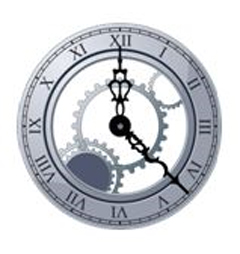

There are many problems or obstacles we encounter in the process of conducting a building inspection. Many of these do not become apparent until we are on-site. This discussion is not going to cover how to perform building inspections, but these items may help you on your next inspection.
One of the most often commonly encountered issues is clutter or stuff on the walls. Pictures, paintings, wall hangings of all stripes, decorations, bookcases, furniture, shelves, and on and on and on. All of these items mask, or cover up, the thermal patterns we are looking for. These patterns are our indication that insulation is either in place or not, and if it is performing at the desired levels. Very often we ask the building owner to remove all items on the walls, without explaining the reason why they need to be moved. To gain a higher level of cooperation from the homeowner, explain to them why it is so important to clear the walls and it really is in their best interest to do so. This discussion should occur during the scope of work negotiations. Any item that is not in complete direct contact with the wall surface (stencils and decals) is going to have an air gap which, will as we know stop energy transfer by conduction. Granted the only surfaces we are concerned with are the exterior walls of the thermal envelope. This includes closets, stairwells and garage walls where connected to the interior. As long as you explain this clearly, the homeowner will be more inclined to follow your directions and provide a more effective inspection environment.

Another issue we commonly encounter has to do with access. Are there certain times of the day we can access the building? Are these times conducive to performing a building inspection? With commercial buildings this is not as much of an issue, but residential buildings can be quite troublesome in this aspect. What is the best time of day to conduct building inspections? Early morning, 4 AM to 5 AM. Many residential occupants are not willing to grant entry so early in the morning. This puts us in a race against the effects of the sun on the building. Arriving at sunrise, the first wall we want to inspect is the east facing wall. Then work ahead of the sun’s movement east to south to west to north. We should also remember the ΔT we are working with (ΔT18°F) is from inside surface to outside surface. The outside surface can be affected rapidly by the sun’s energy reducing or reversing our ΔT.
These are just two of the many challenges encountered during building inspections. In my humble option these are the easiest to overcome with planning and detailed discussion with the building owner, but are often overlooked until they become an issue and by then it is too late. One should never assume that the client will know the required conditions for a successful and efficient building inspection. It’s your job to explain it to them.